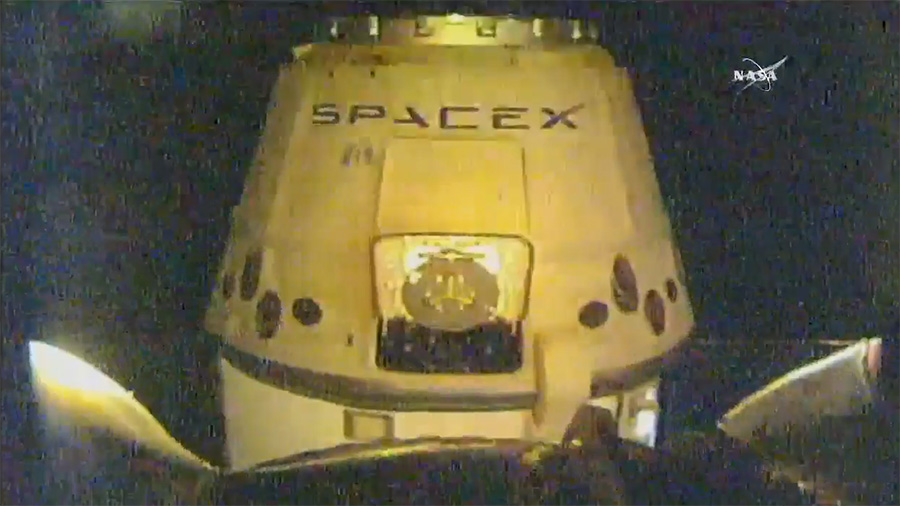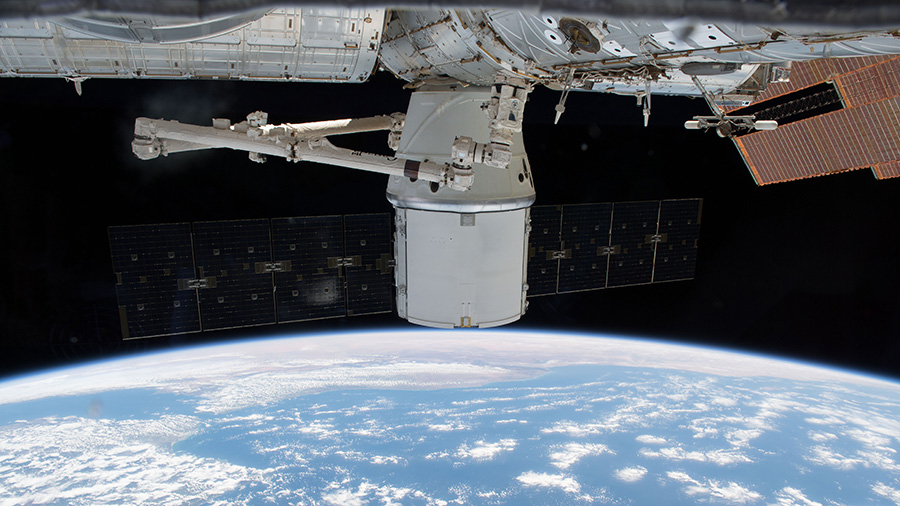
International Space Station officials will preview a pair of upcoming spacewalks live on NASA TV Tuesday. Meanwhile, Orbital ATK is getting its Cygnus resupply ship ready for launch in less than two weeks while the Expedition 55 crew focuses on biomedical studies today.
Two NASA astronauts are going out for a spacewalk May 16 to swap out thermal control gear that circulates ammonia to keep station systems cool. Station experts will be on NASA TV beginning at 2 p.m. EDT Tuesday to preview next week’s spacewalk including a second spacewalk planned for June 14. Both excursions will be conducted by veteran spacewalkers Ricky Arnold and Drew Feustel.
Feustel and Arnold verified their spacesuits are sized correctly with assistance from astronauts Scott Tingle of NASA and Norishige Kanai from the Japan Aerospace Exploration Agency. Tingle also checked the batteries that power the U.S. spacesuits.
On May 20, just four days after the first spacewalk, Orbital ATK is planning to launch its Cygnus space freighter on a four day trip to the orbital laboratory. Cygnus will resupply the Expedition 55 crew with new science experiments, crew supplies, station hardware and gear that will be installed on the June 14 spacewalk.
Today’s science taking place onboard the station explored how microgravity affects blood pressure and blood vessels. Kanai started his day photographing his face to help scientists understand how the upward flow of fluids impacts intracranial pressure affecting a crew member’s eyes. He later attached sensors to his legs, scanned them with an ultrasound device and checked his blood pressure for the Vascular Echo study.






